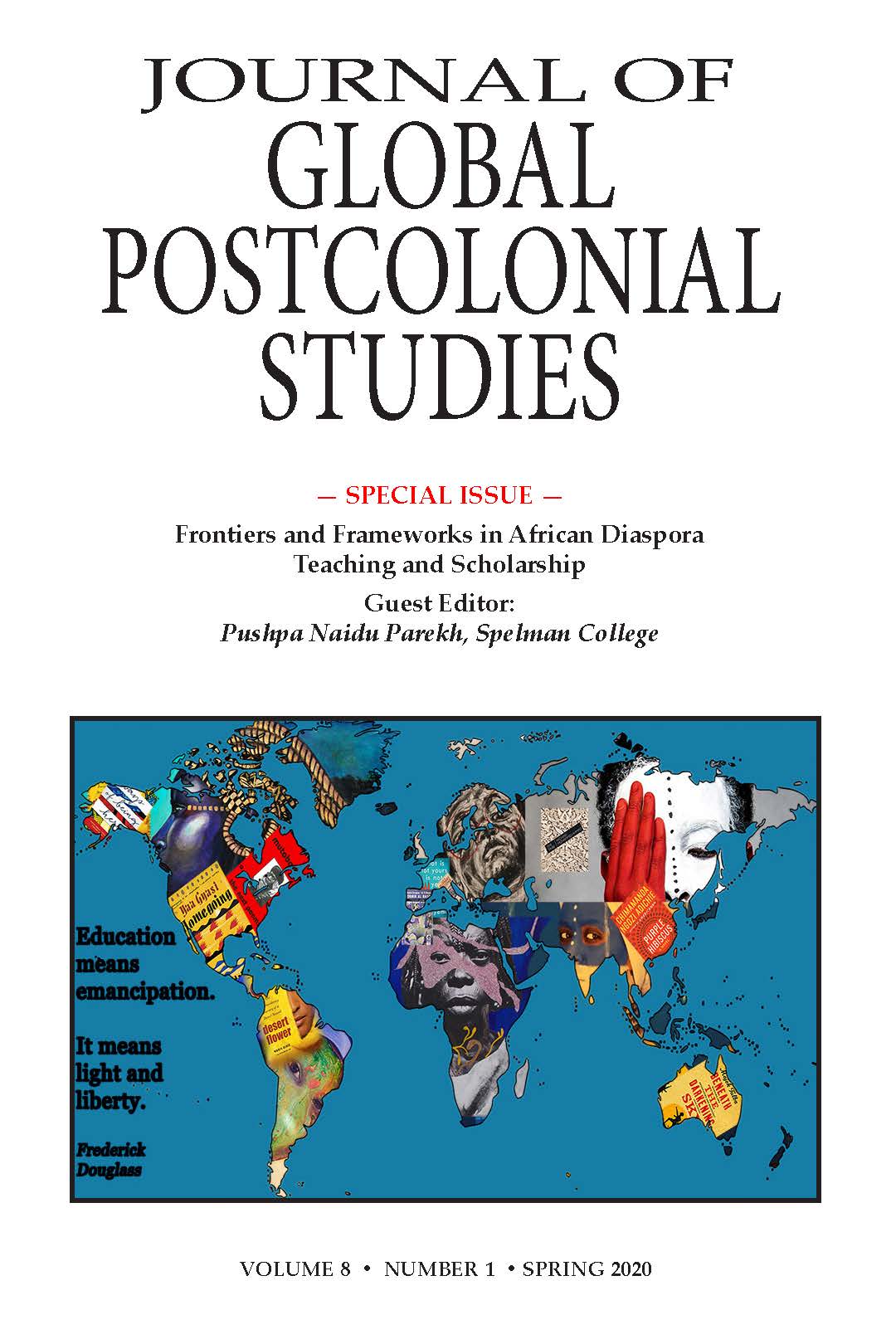Black Skin, White Tourists Race, Queerness, and Sex Tourism in Dominican Film "Sand Dollars"
Main Article Content
Abstract
Sand Dollars (Dólares de Arena) is a 2014 coproduction by Dominican film director Laura Amelia Guzmán and her husband, Mexican film director Israel Cárdenas. This film portrays two main characters: an older French woman, Anne, who is visiting the island as a tourist, and a young black Dominican woman, Noeli. The plot centers on the sexual and emotional relationship that arises between the two women. In this article, I explore the race and class relationship between the black bodies and the white bodies—taking as a point of departure the lesbian relationship—and the ways in which they are represented on screen. To do so, I enter into dialogue with Franz Fanon’s text, Black Skin, White Masks, offering a queer interpretation of this work, in which female bodies are a largely ancillary focus, and female homosexuality is ignored entirely. As such, this article will use Fanonian theory in order to highlight the intersectional nature of cultural taboos in contemporary Dominican Republic, such as sex tourism, blackness, lesbianism (and queerness
in general), and to explore the way in which the film navigates these topics.

